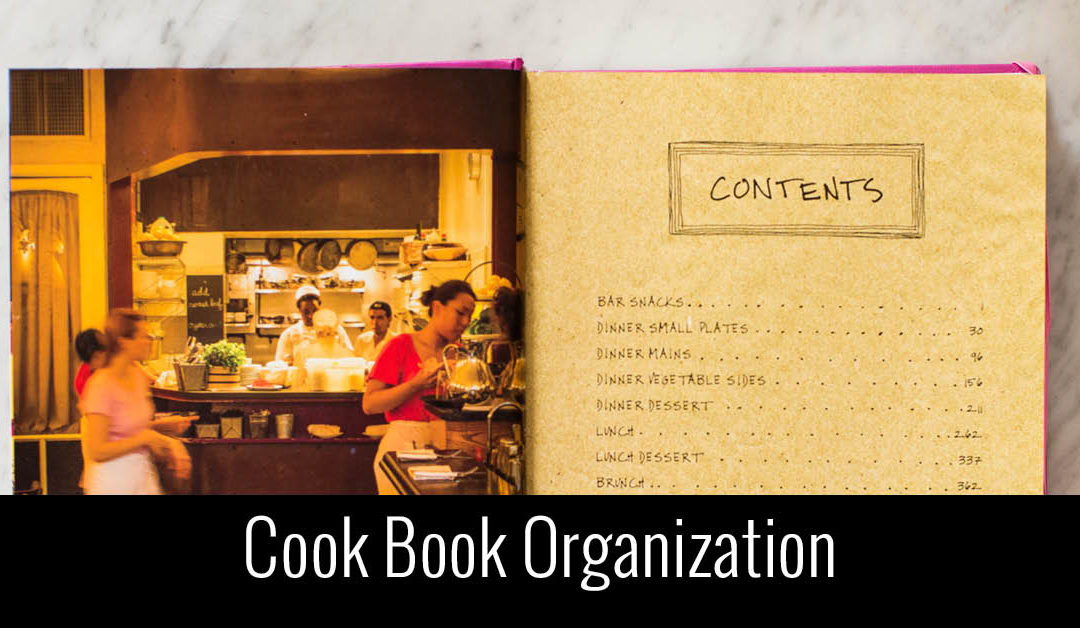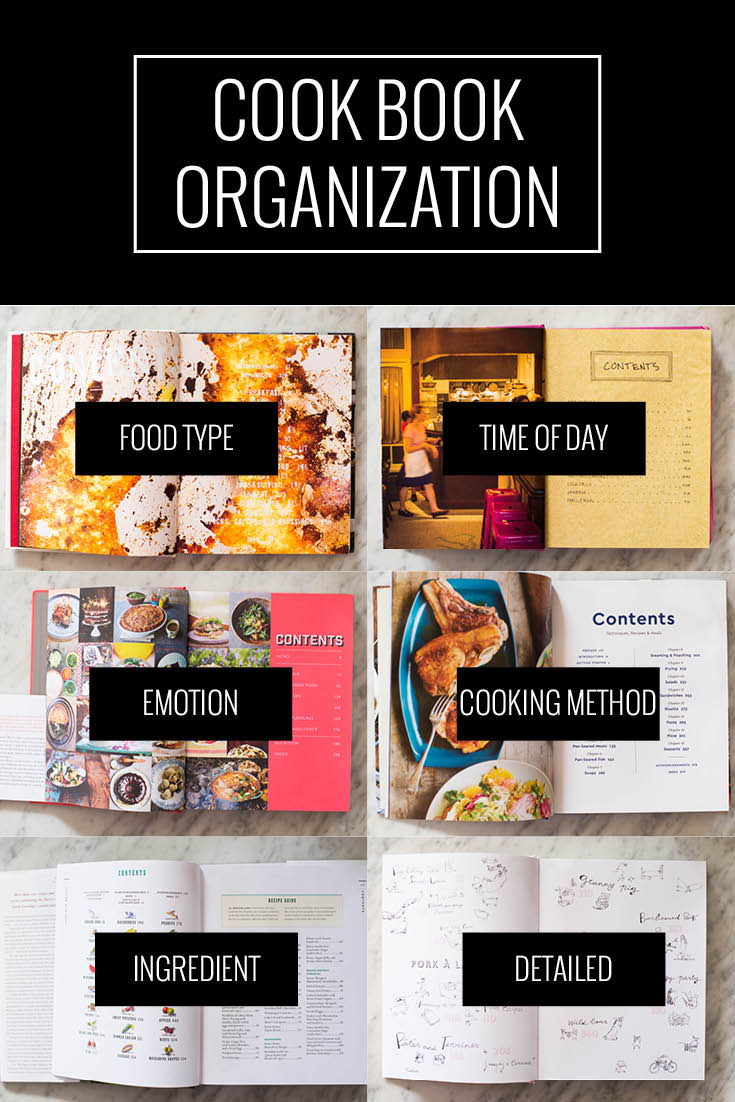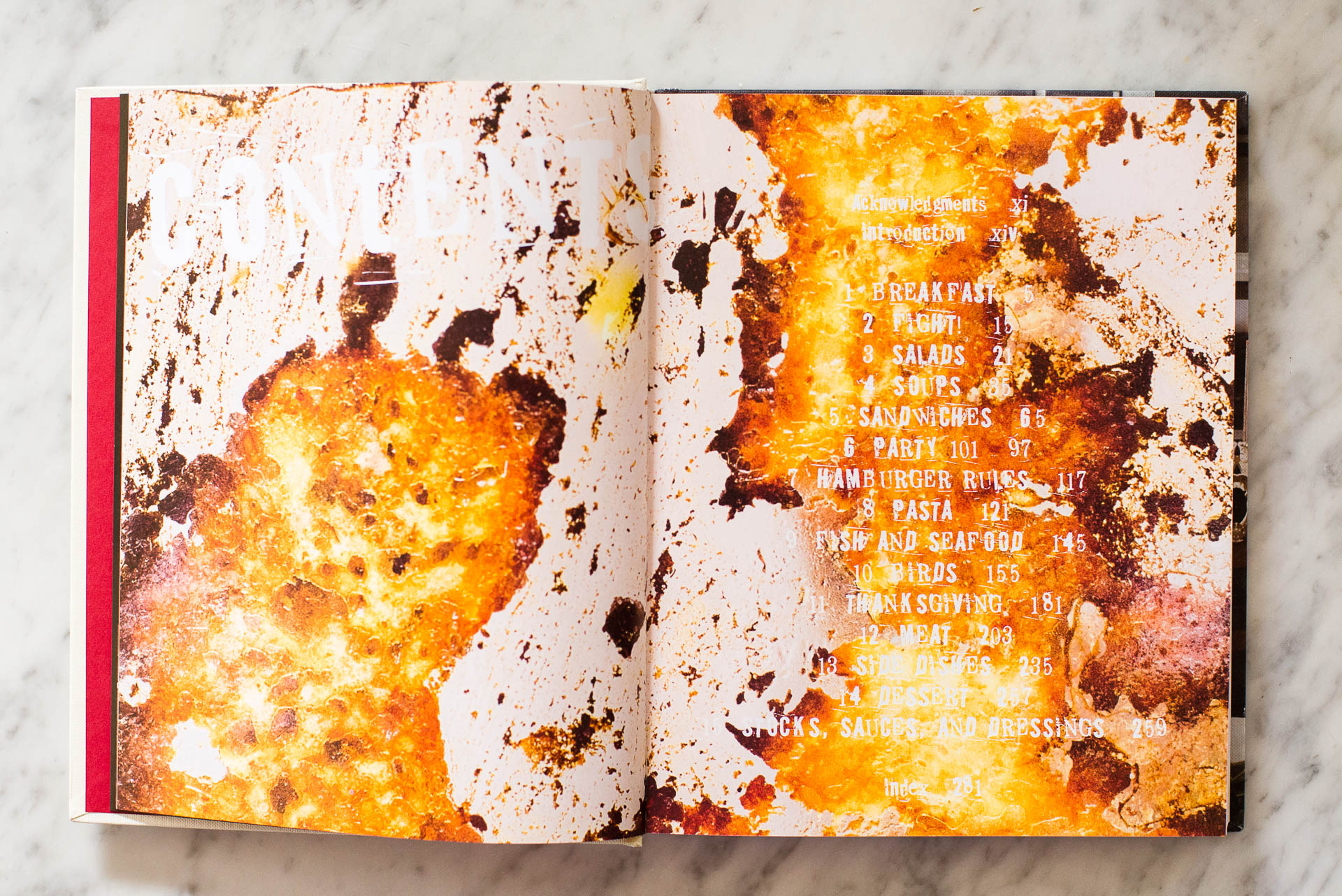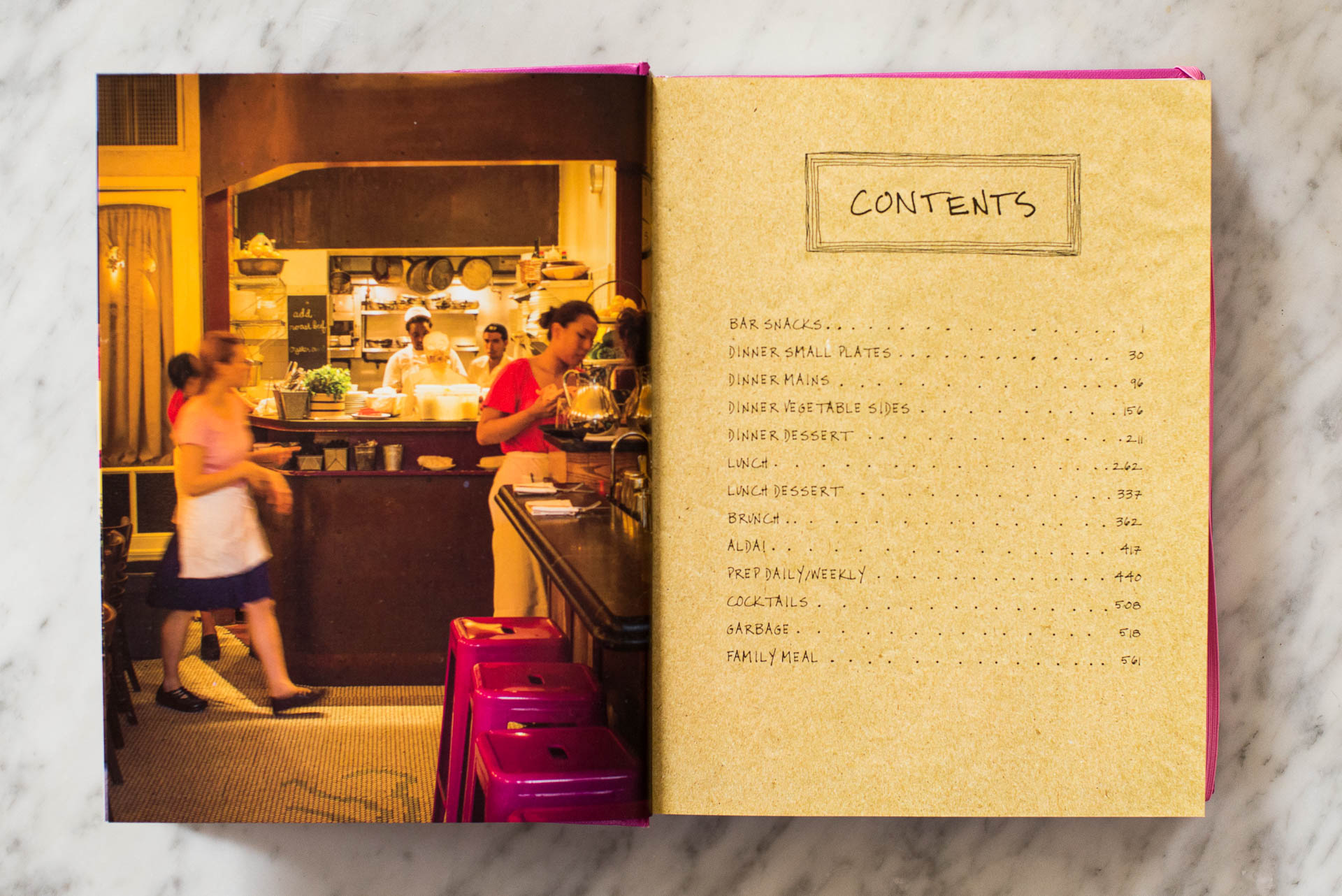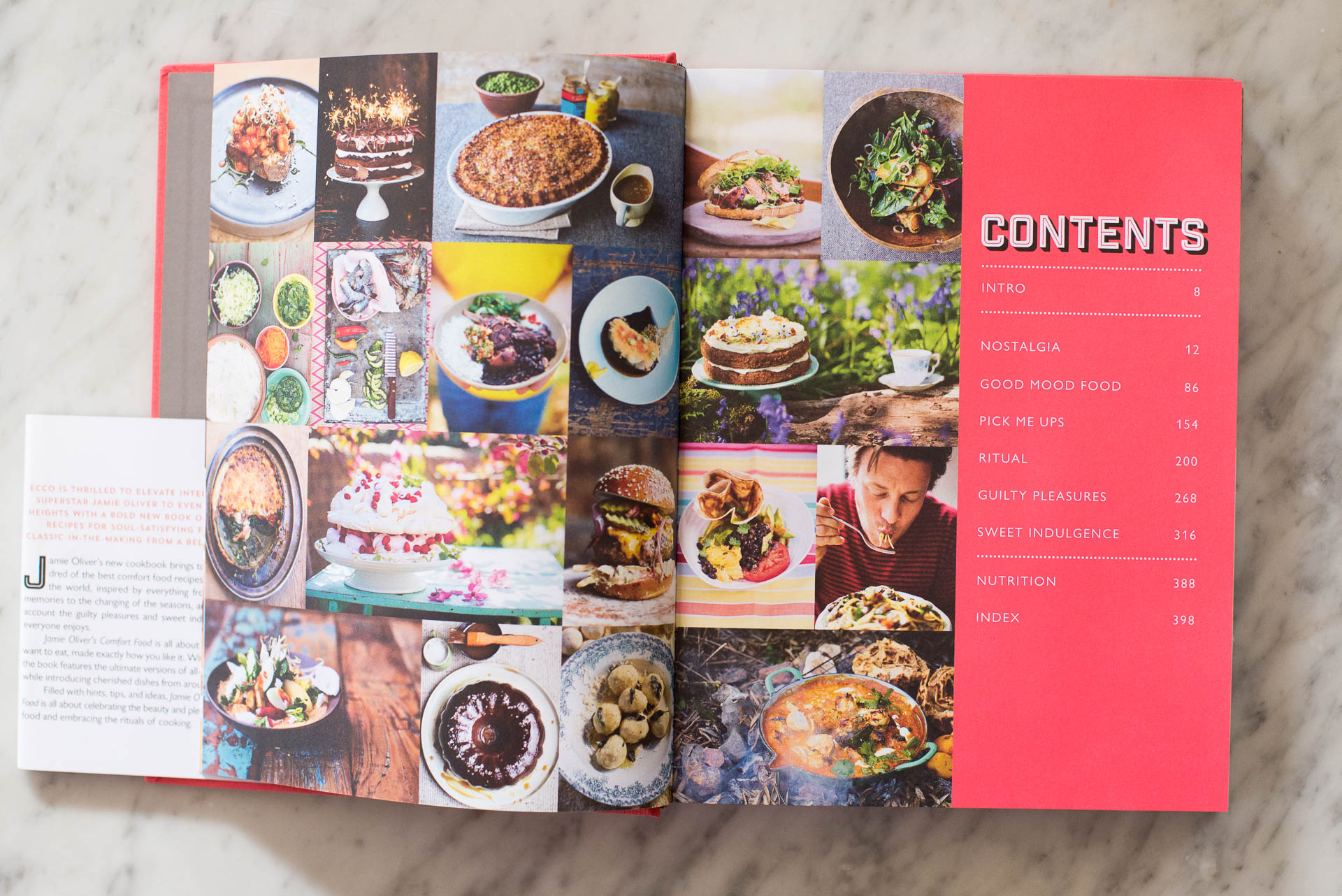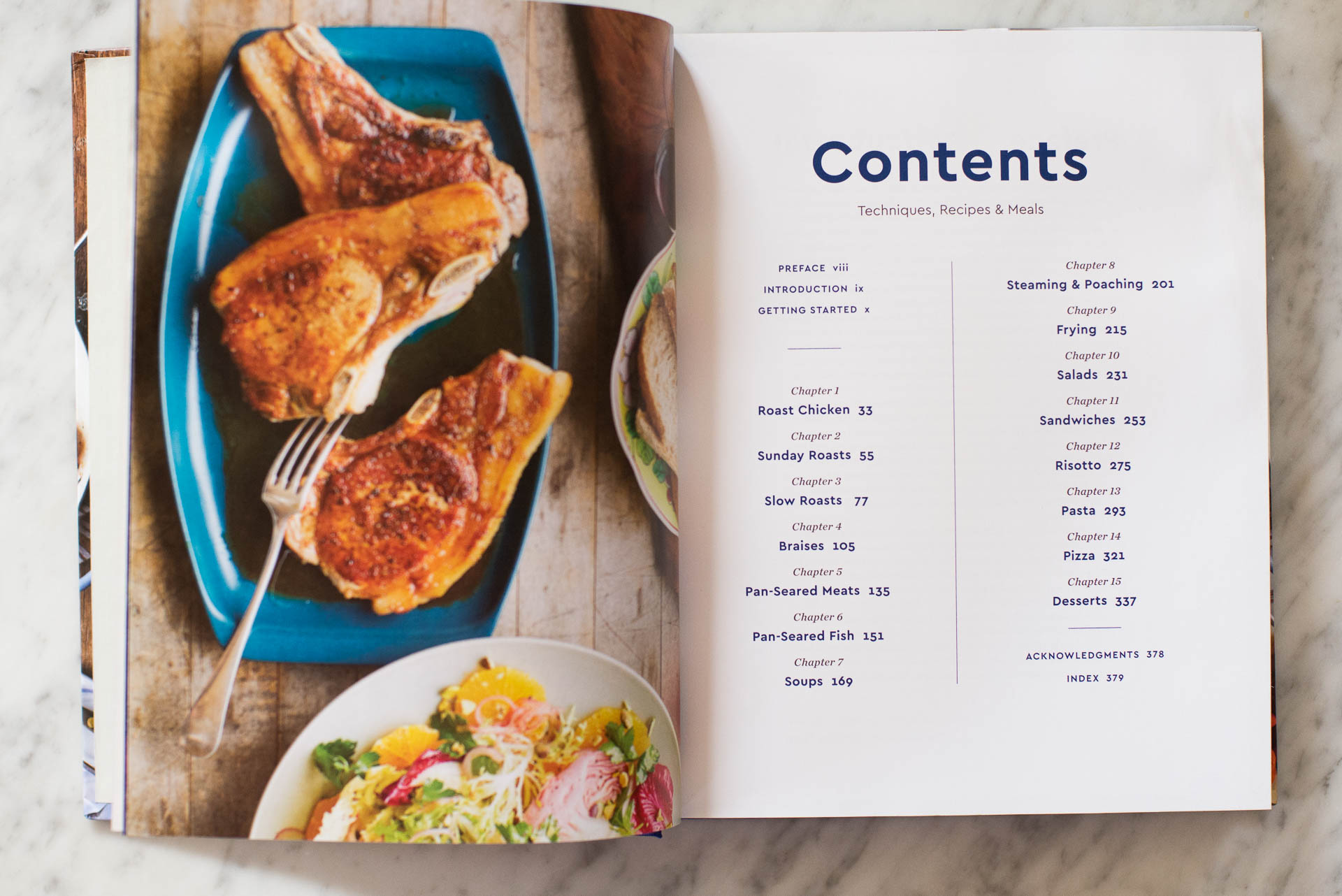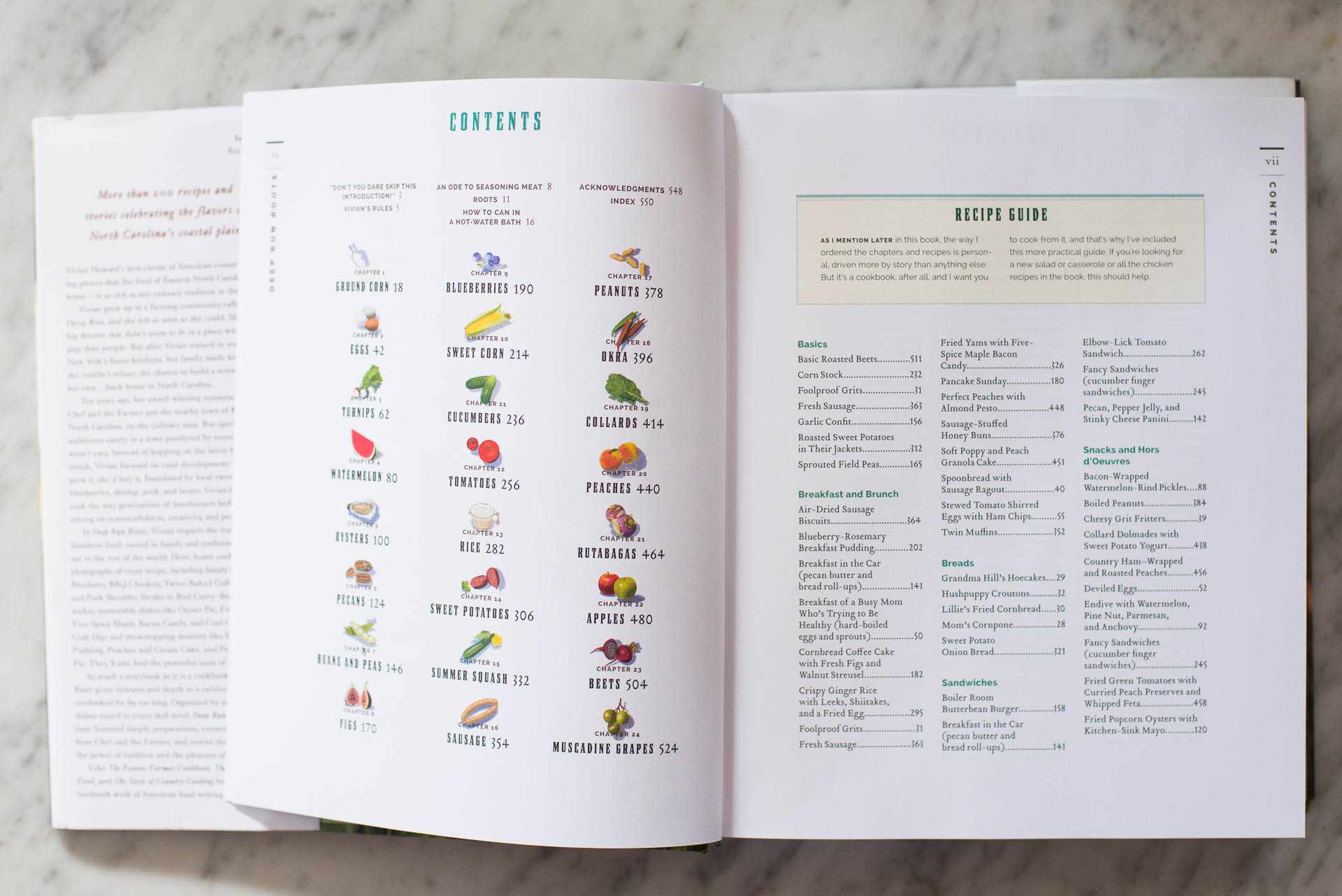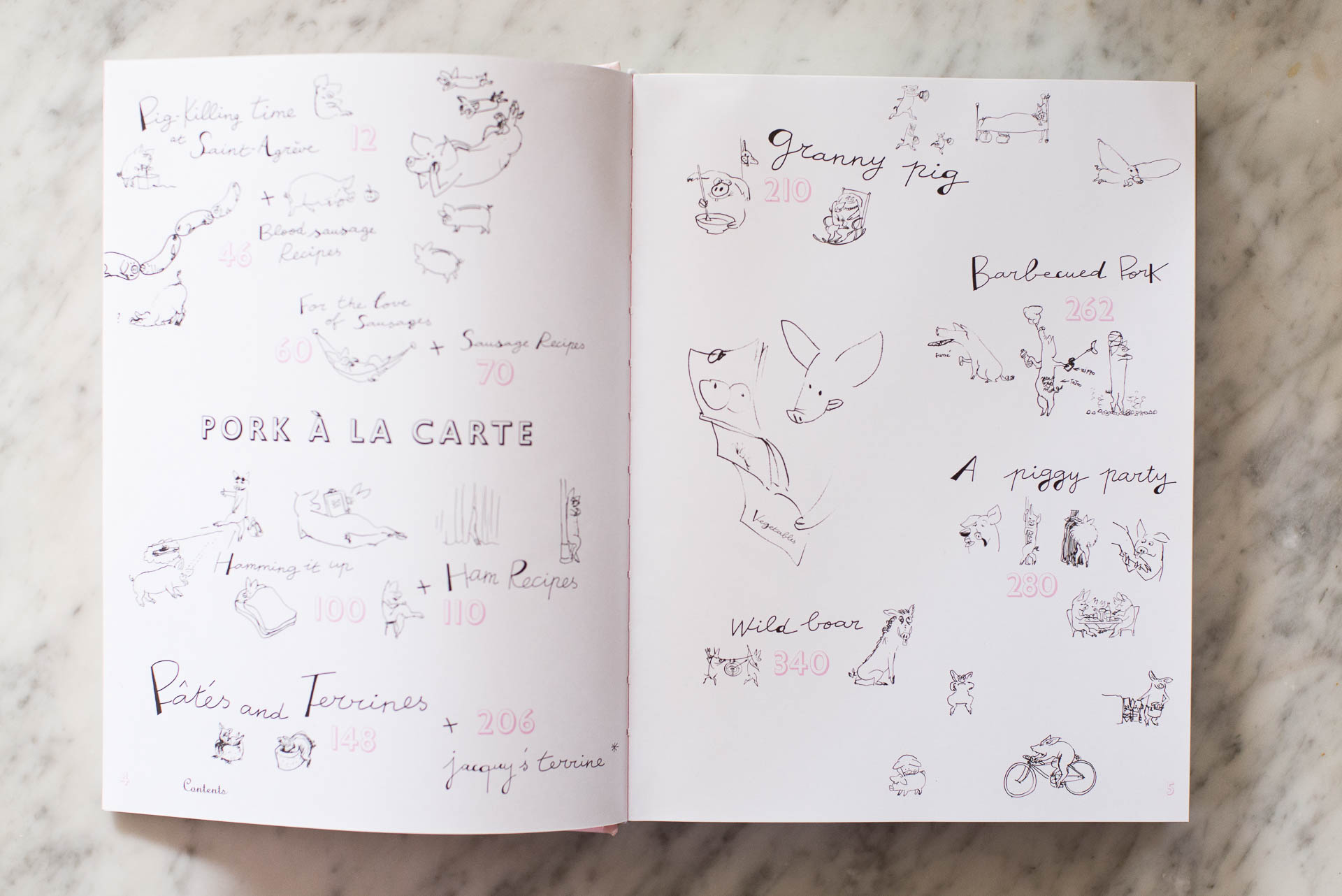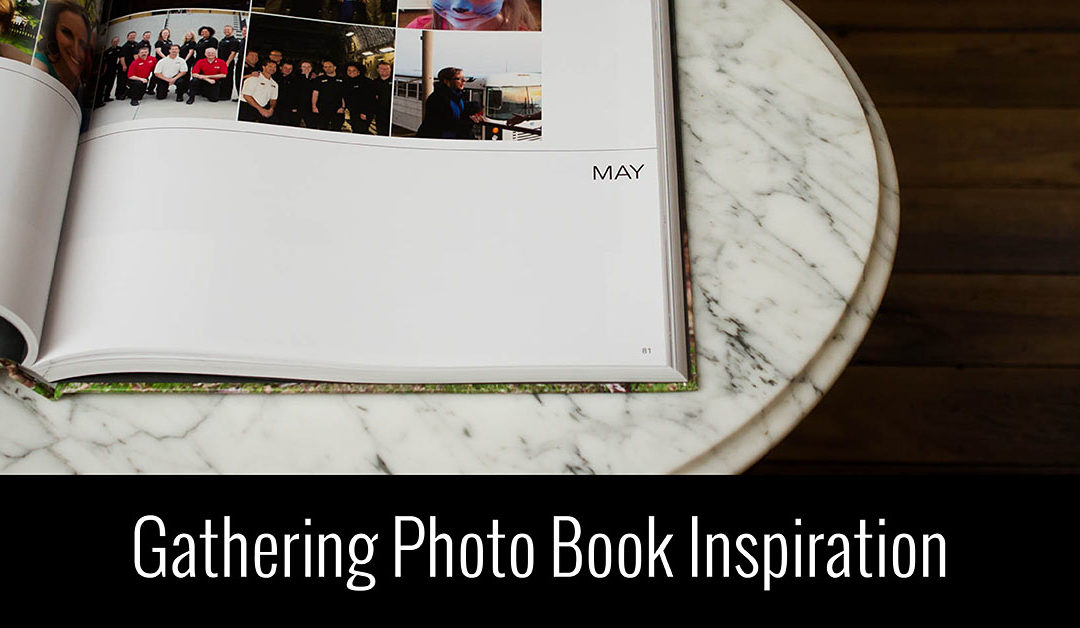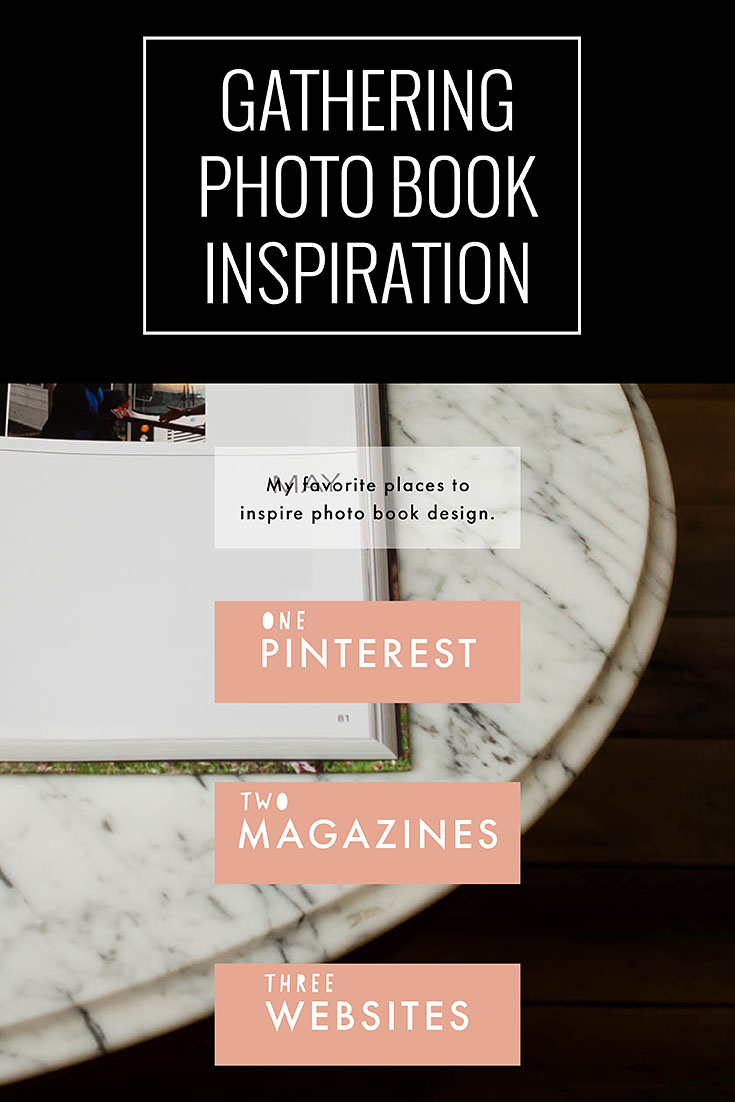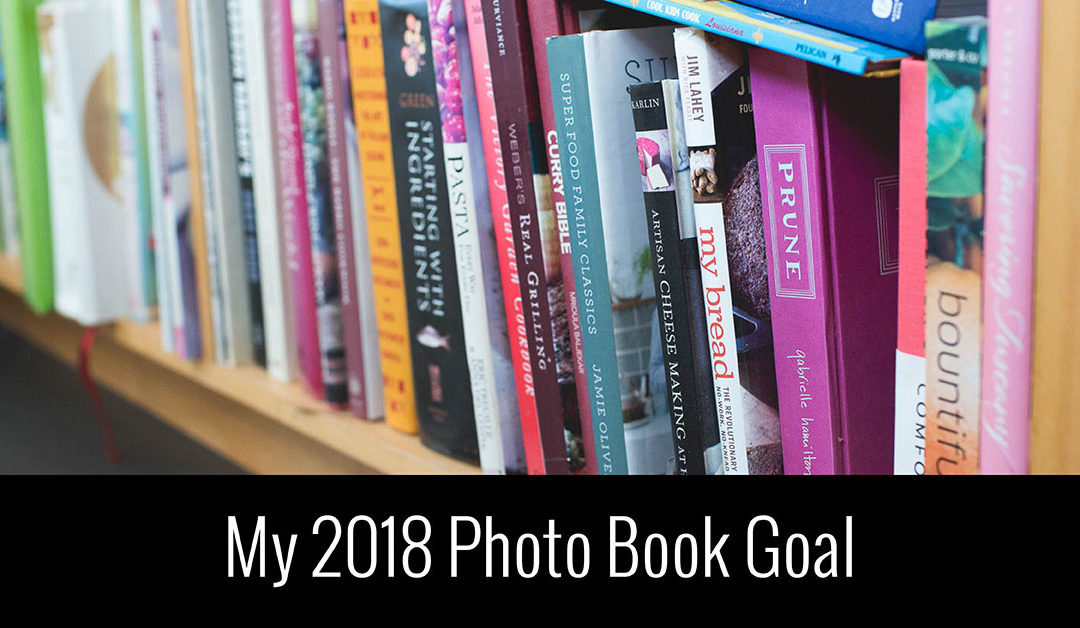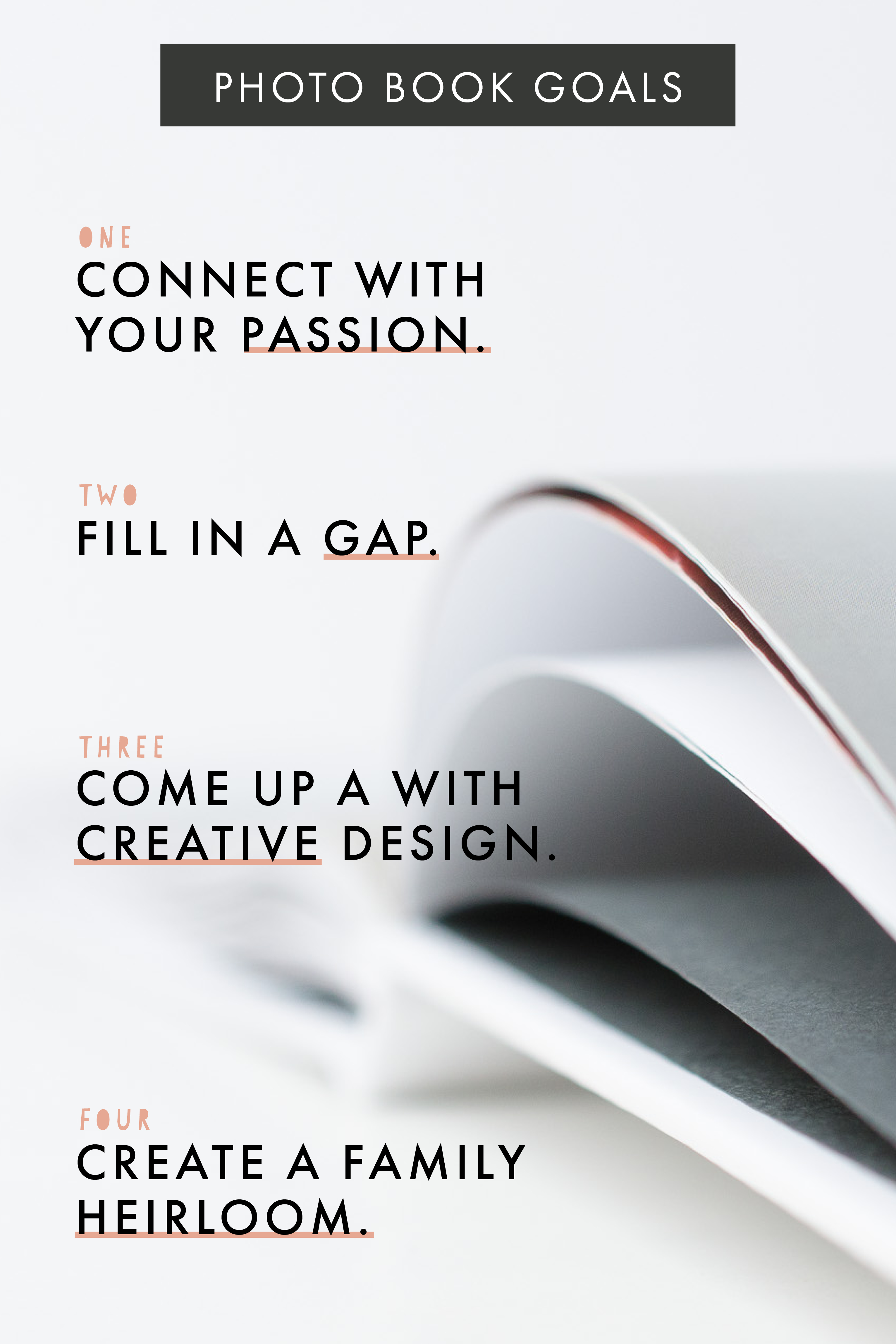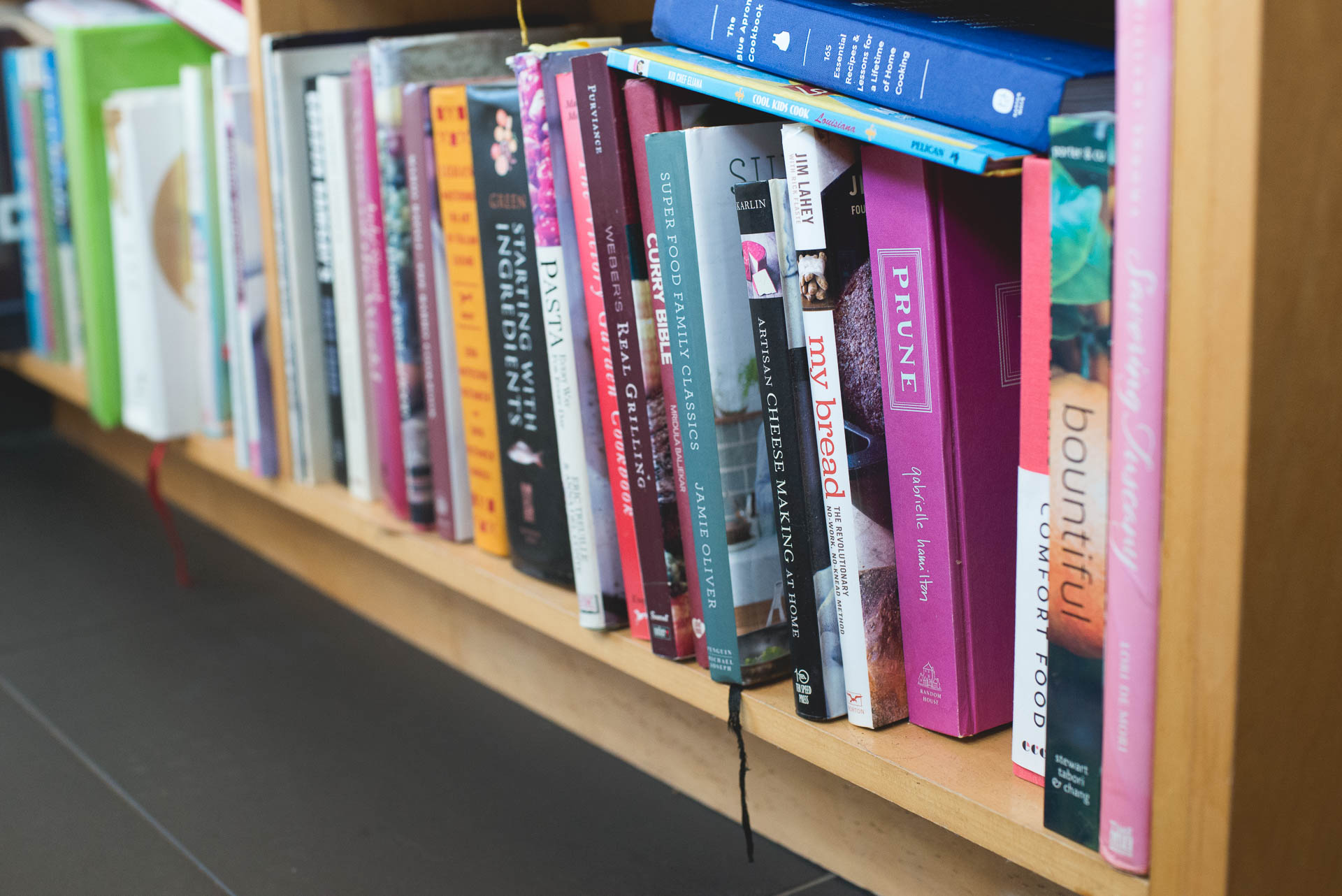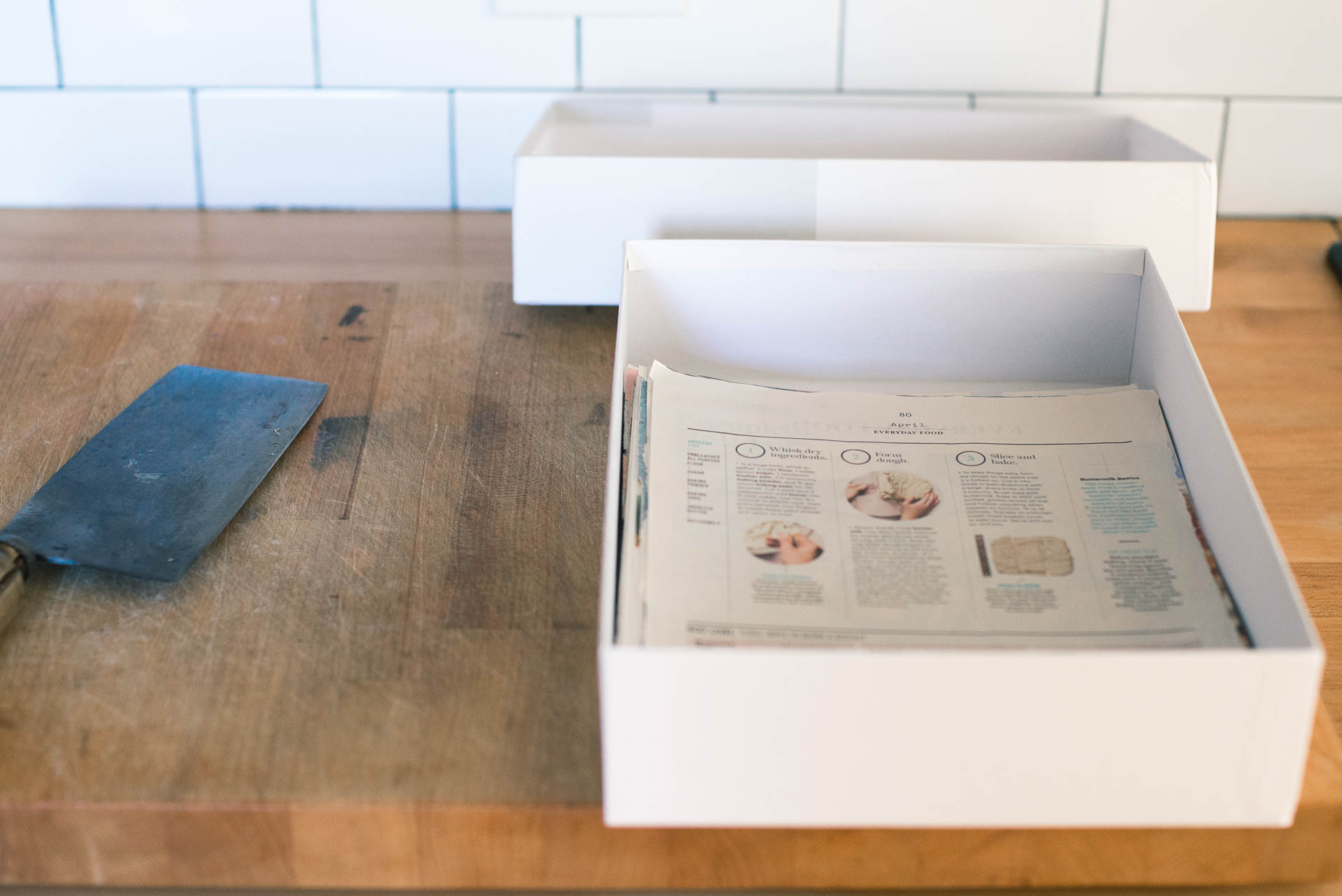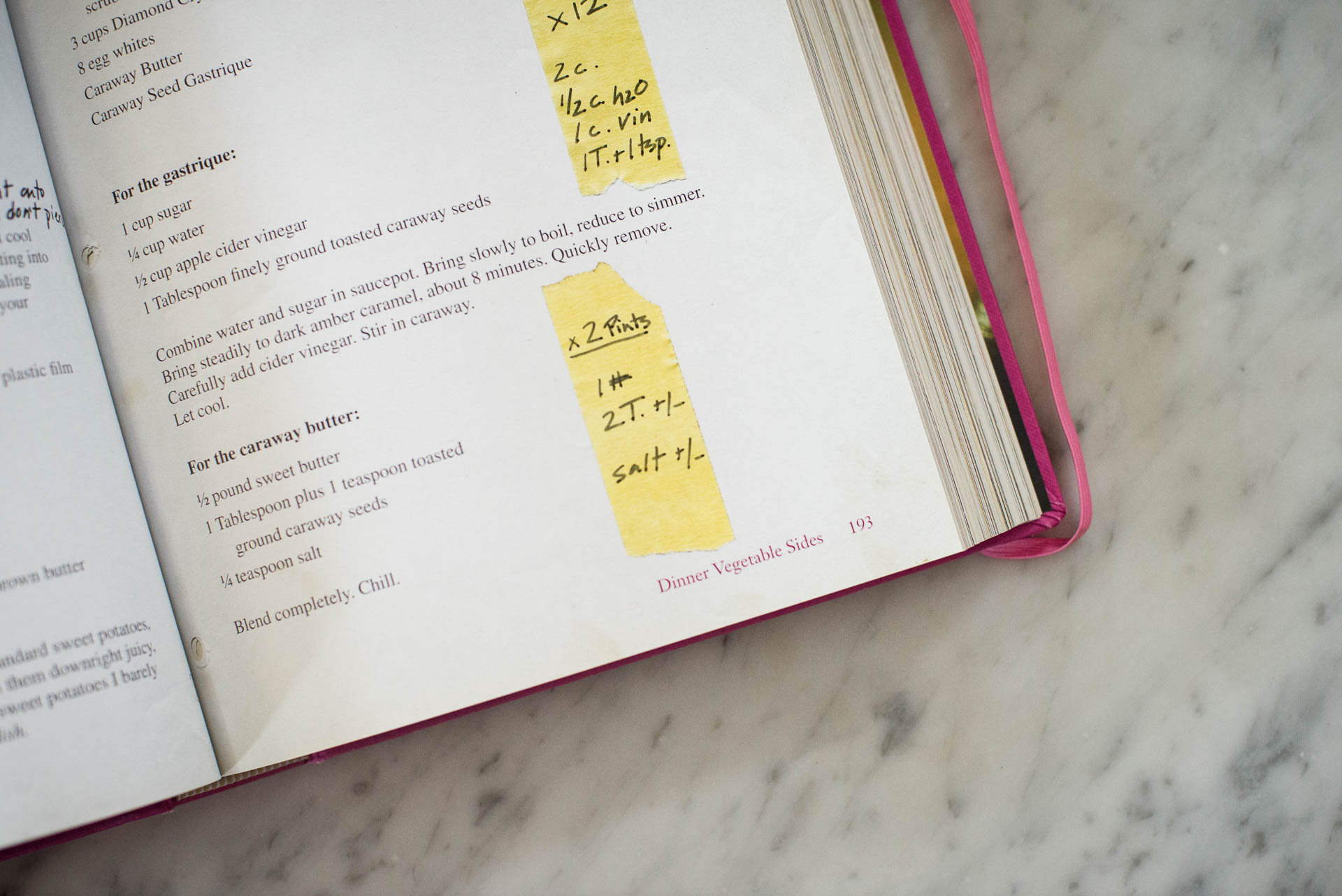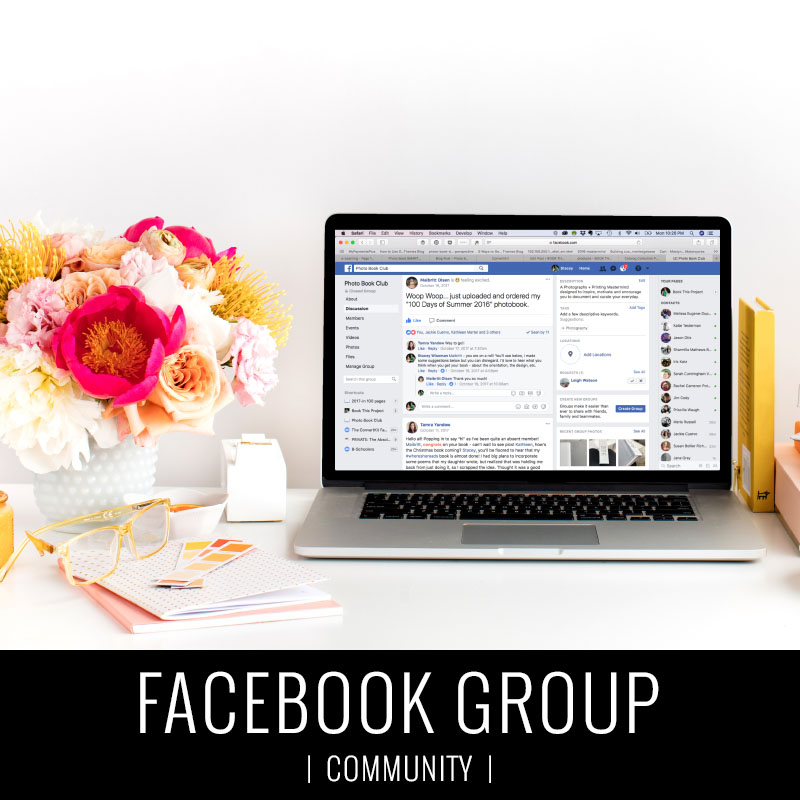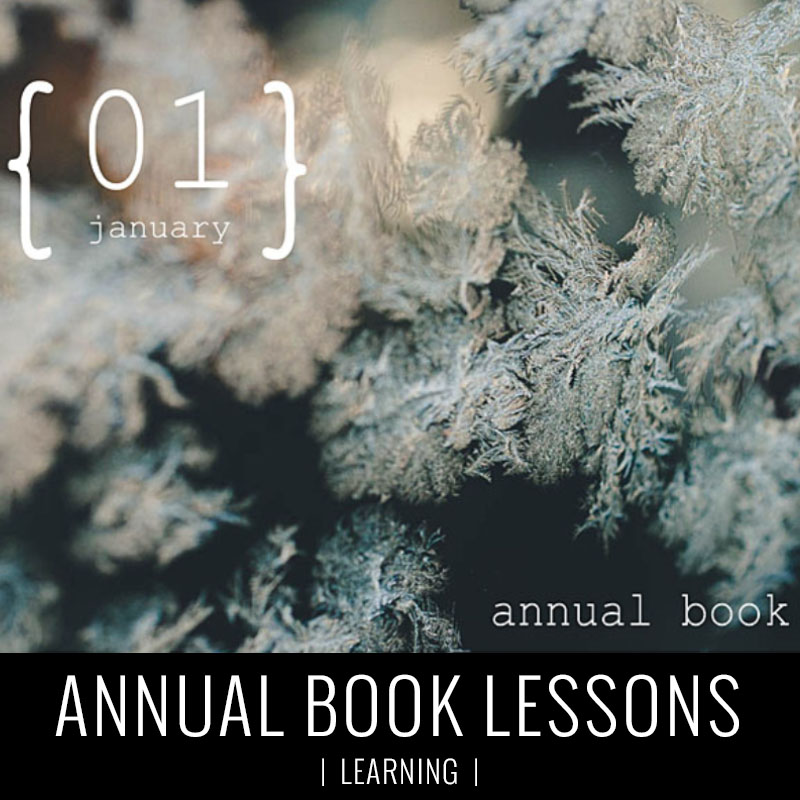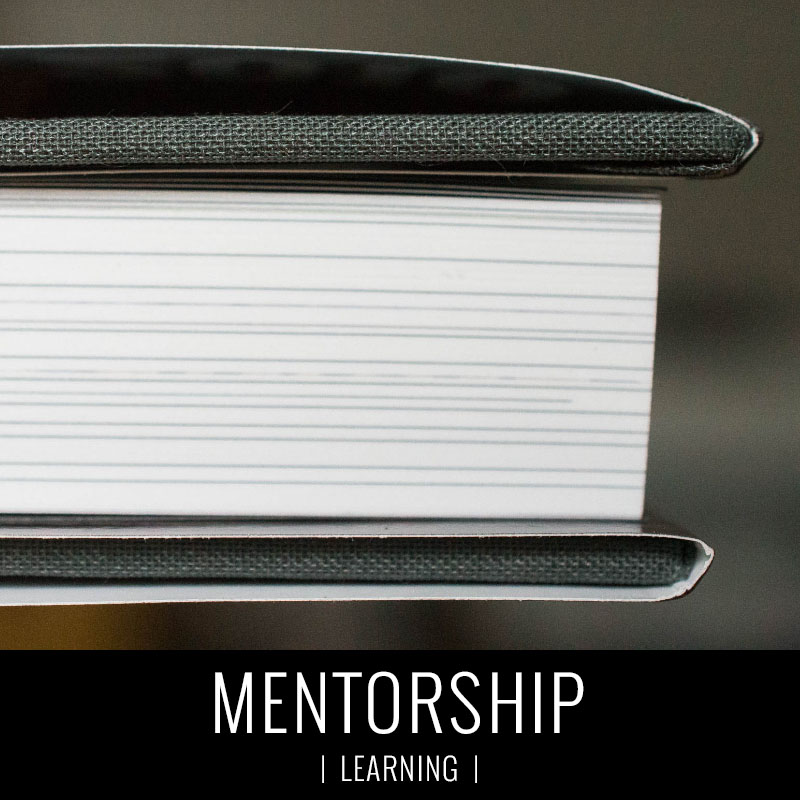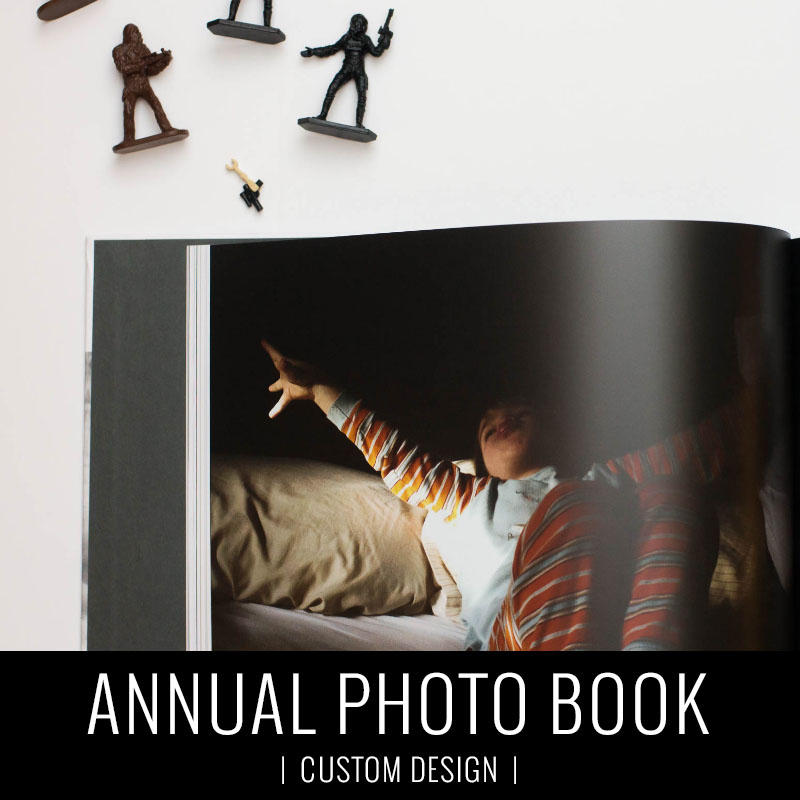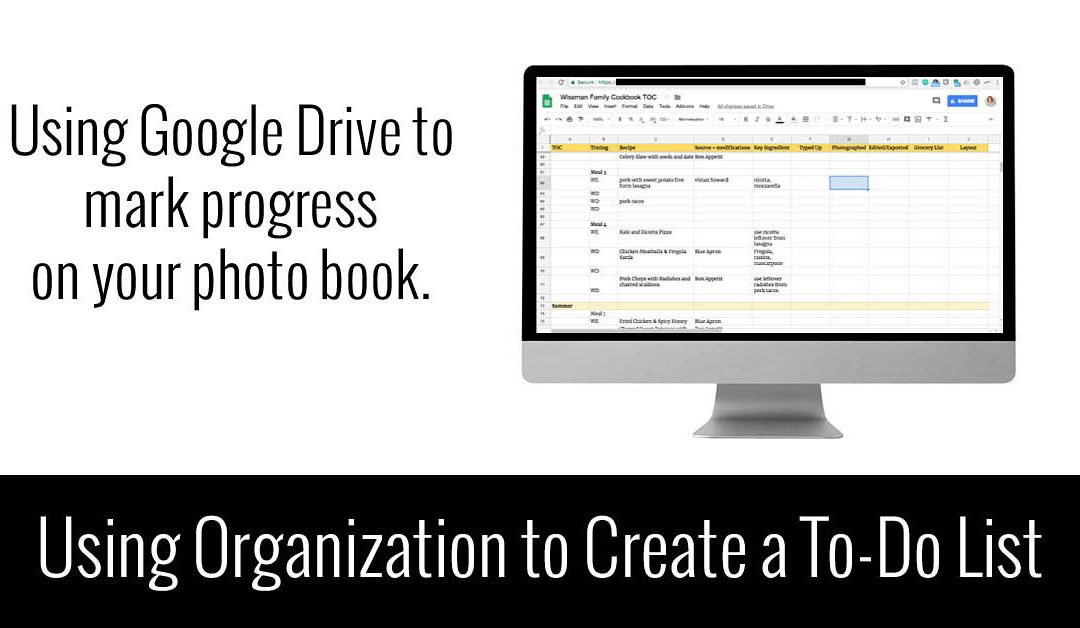
From Photo Book Organization to a To-Do List
I’m sharing how I start with an organization and use the structure to track my progress so I never lose sight of what I’ve accomplished and what I still have left to do.
Table of Contents
I started with a quick outline of my Table of Contents. This organizes the information I want to include and in what order it should be in. Click here to read about how I developed my Contents.
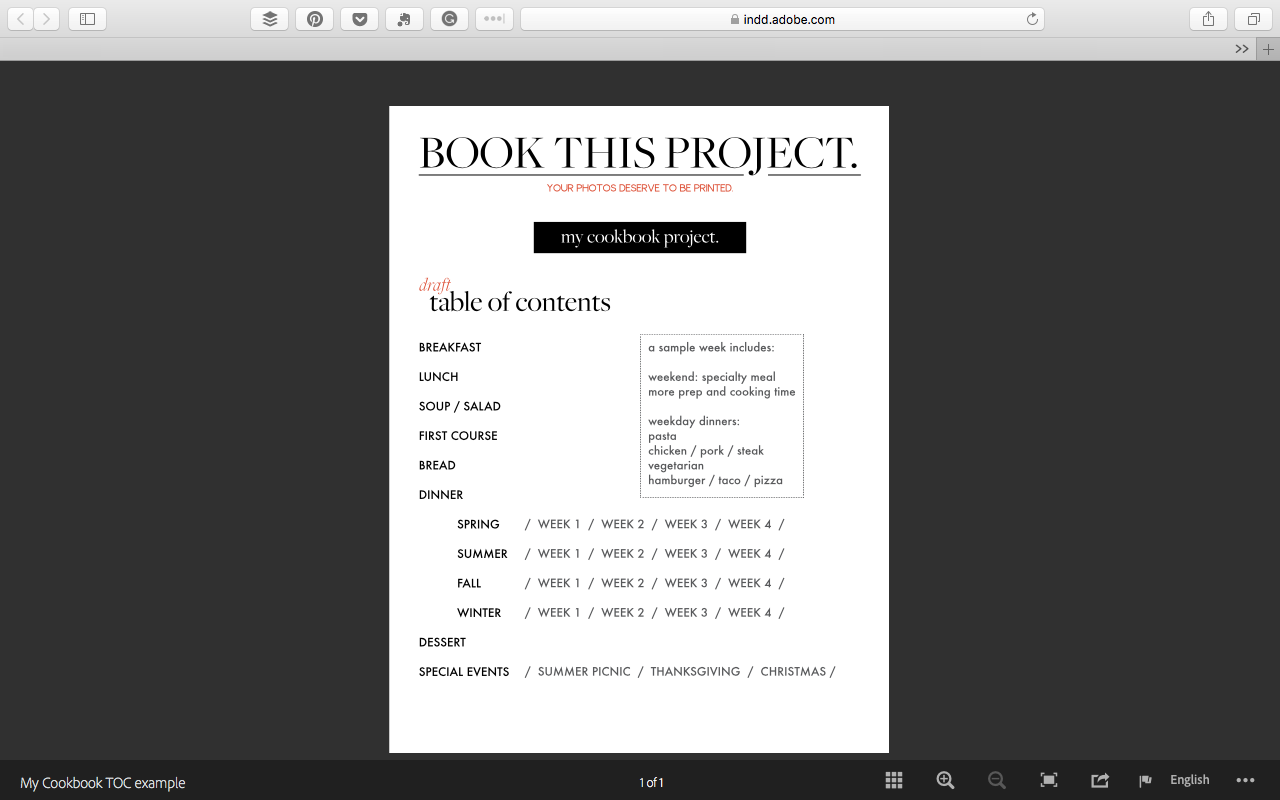
Google Drive
Once I have an organizational structure, I create a folder on my google drive. I’ve labeled it “Wiseman Family Cookbook”. In this folder, there is a spreadsheet and word file to help keep me organized and track my progress.
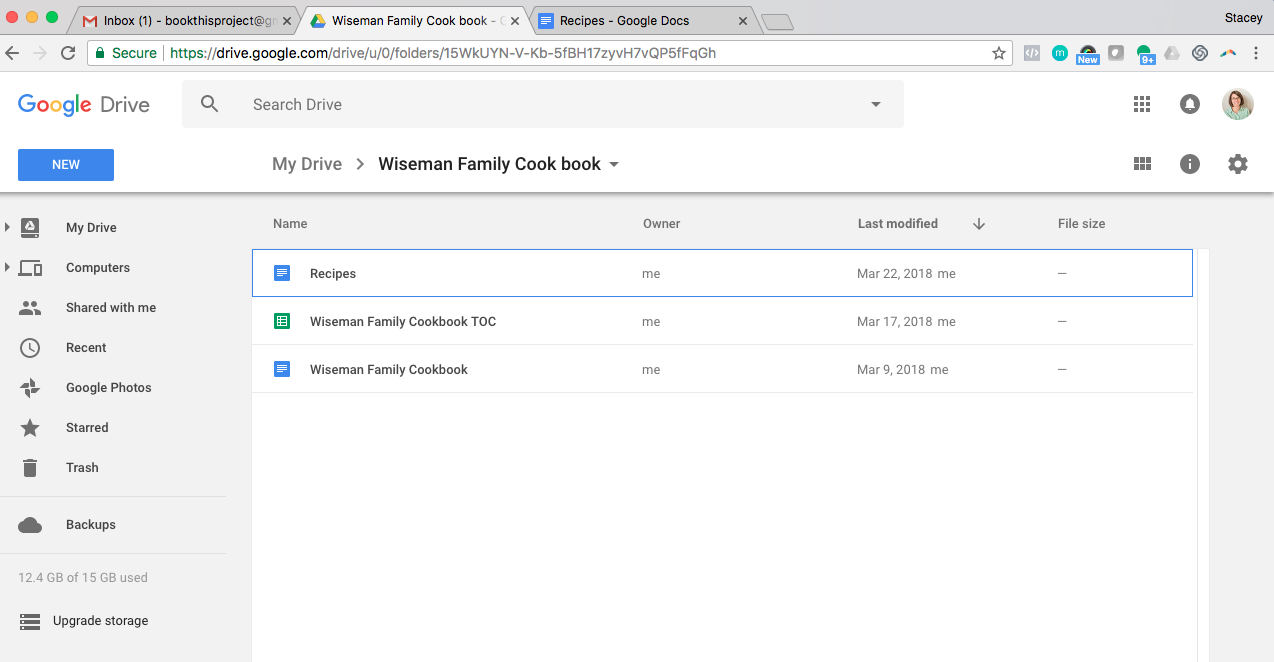
Google Spreadsheet
To translate my organizational structure into a To-Do List, I start with a google spreadsheet. This allows me to track my progress and flesh out the details of my cookbook. Starting with the categories listed in my draft contents, I expand each line to indicate all of the recipes I want to include.
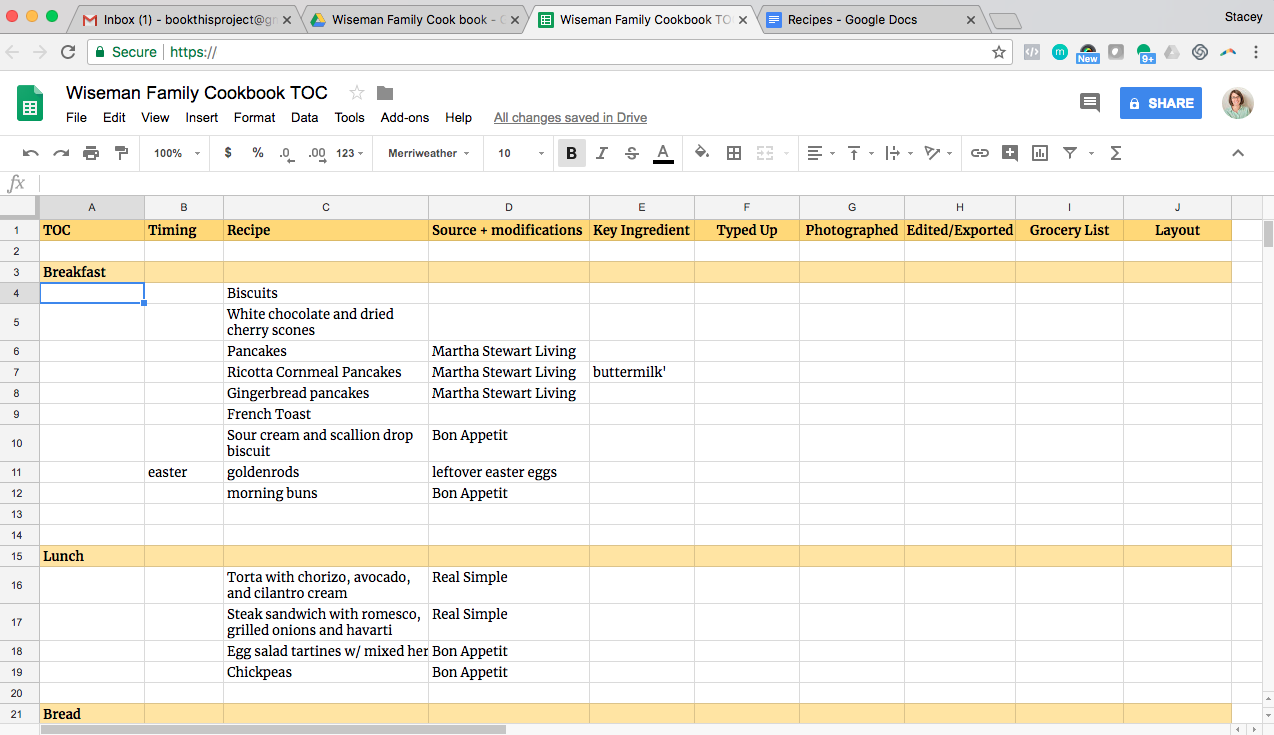
Marking Progress
Next, I identified the tasks associated with each line item in the columns to the left: typing the recipe, photographing the recipe, and designing the layout. Once I’ve finished a portion, I fill the cell with a color.
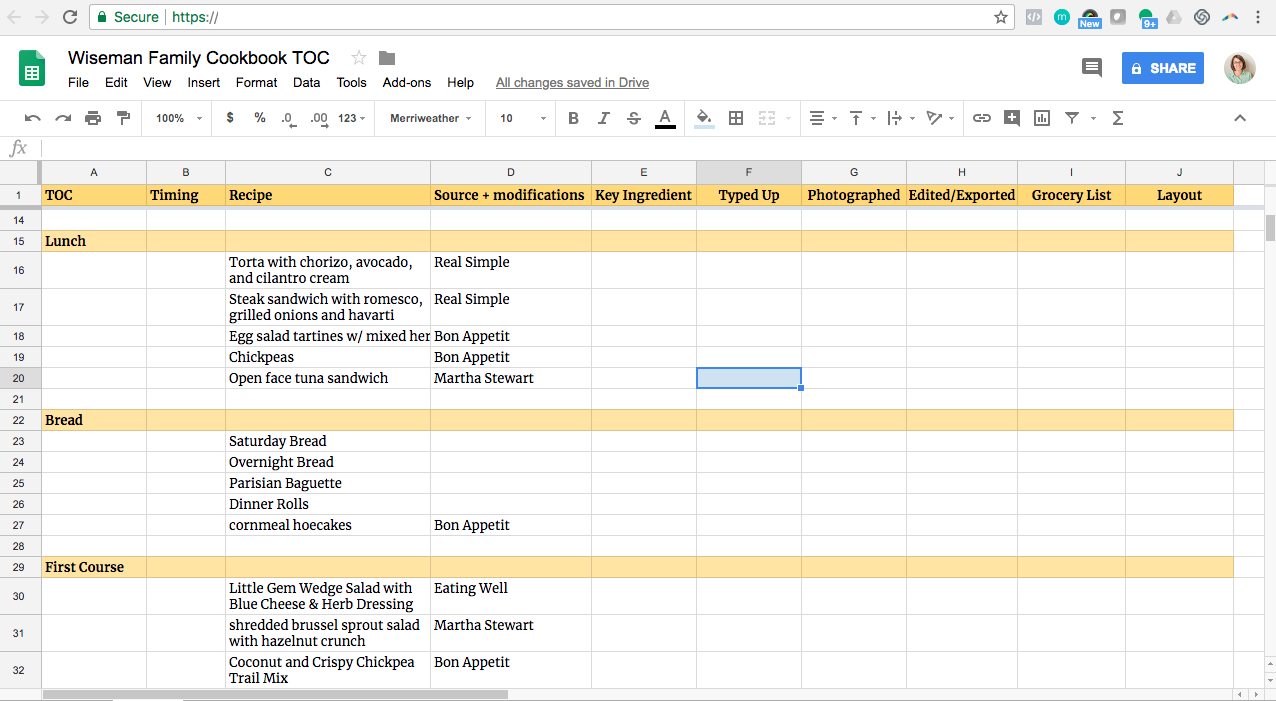
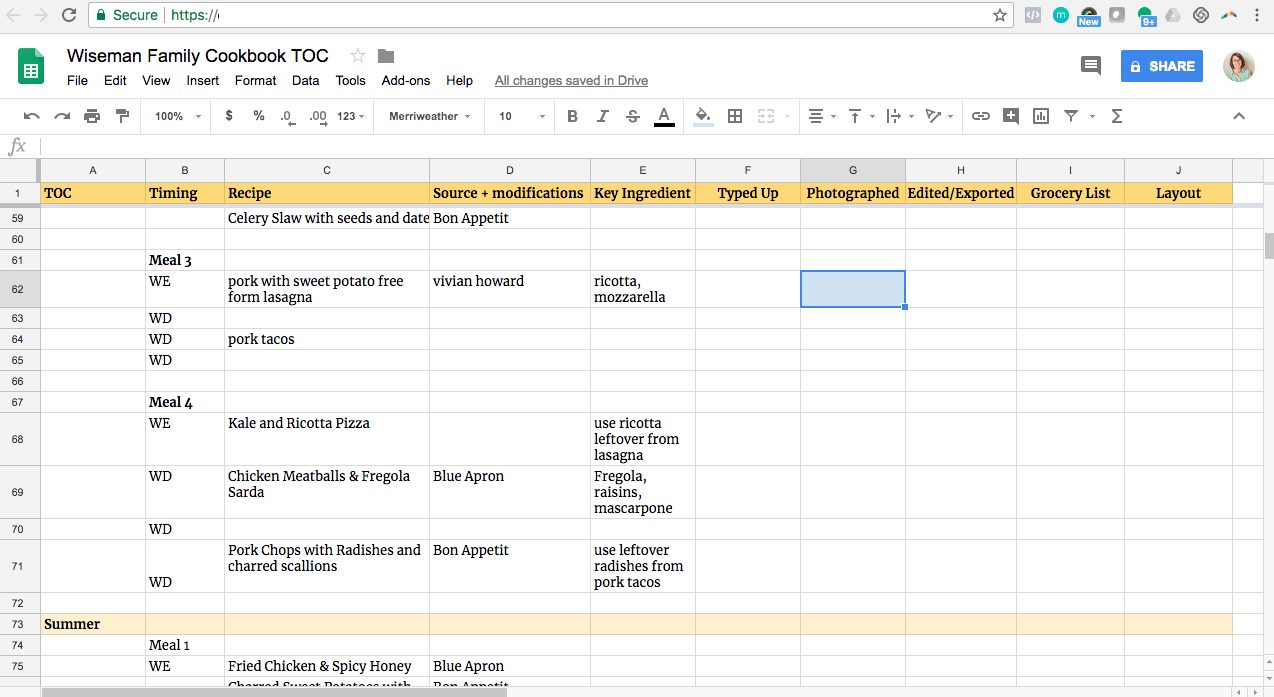
Google Document
When it comes to typing up the recipes, this is also a google doc. All of the recipes are collected here first before being inserted into the actual design program. Make sure to use text styles to organize the recipes. For the main categories in my Table of Contents, I use the setting “Heading 2”.
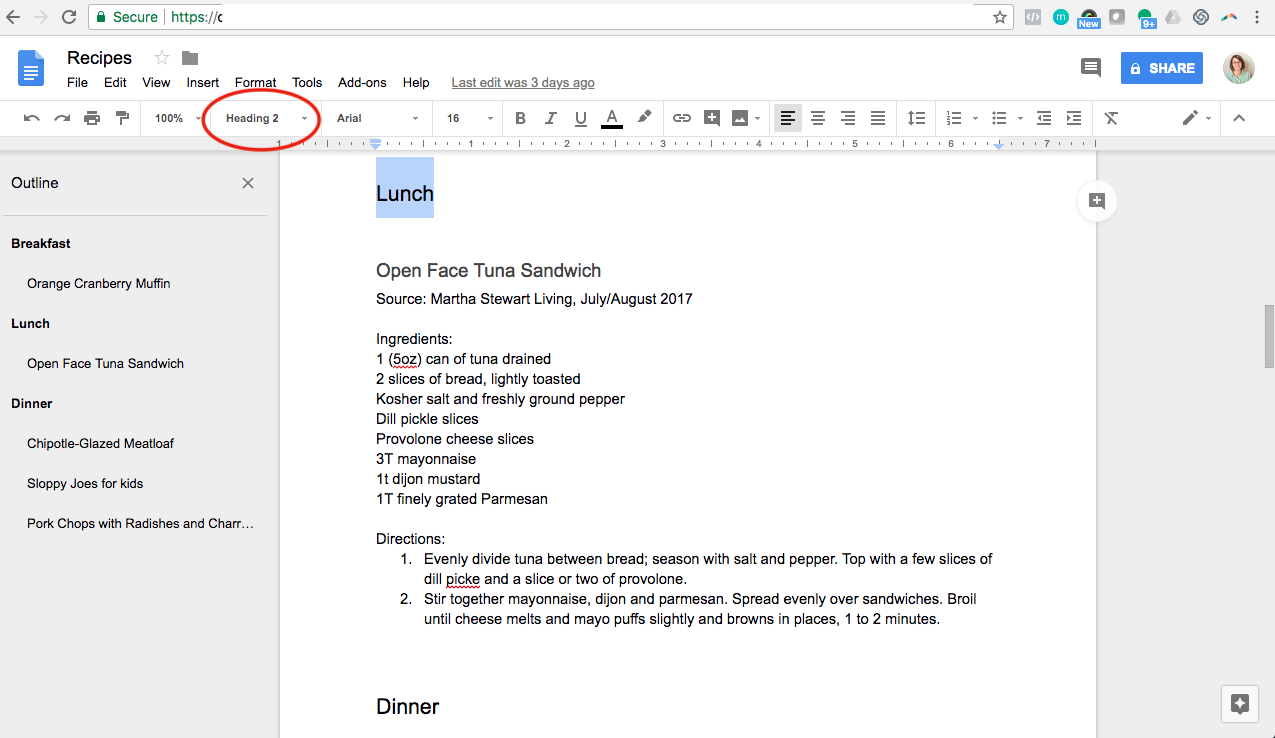
This makes the main headings show up in bold on the left. Then each recipe title is established as “Heading 3”. This groups the recipes under the main heading. All of the ingredients and process is set to “Normal Text” in order to keep it off of the main organizational tab. I love this because I can easily navigate on the left to get to exact section needed to add a new recipe.
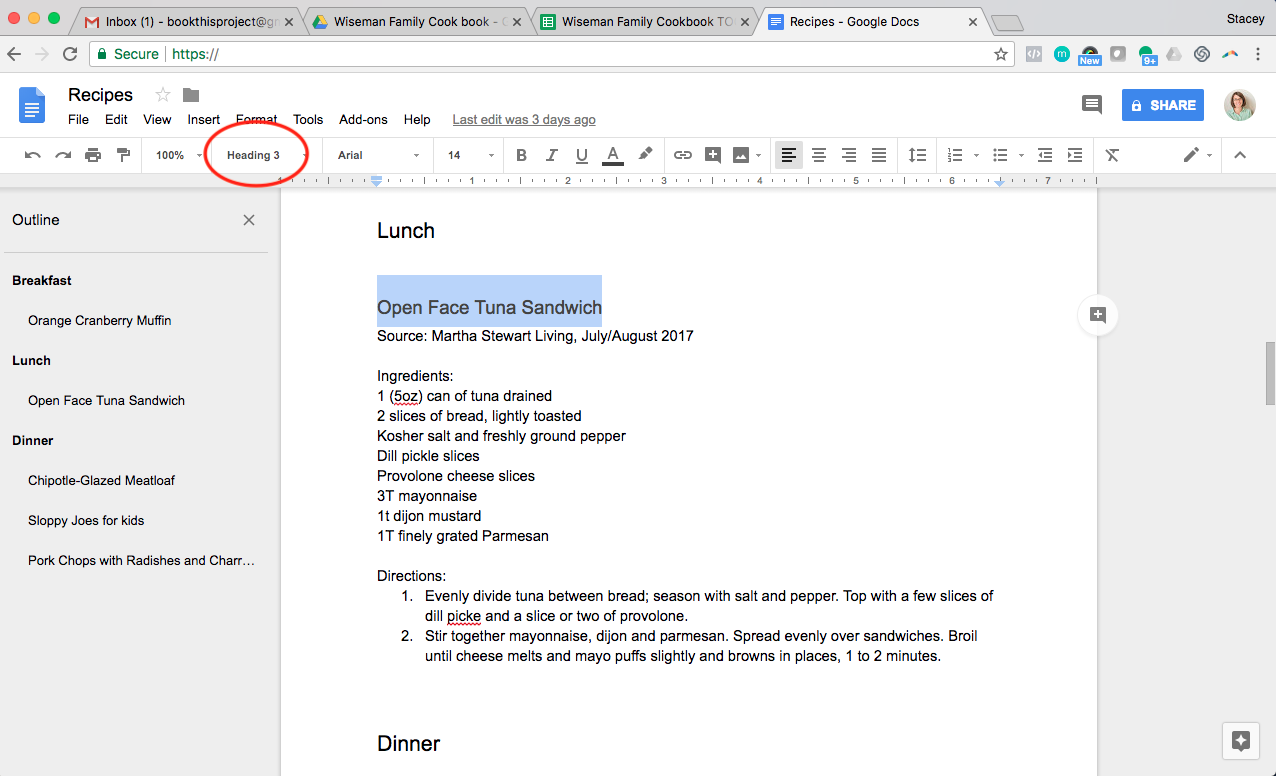
Video
Here’s a video to show you in detail how I’ve transformed my cookbook organization into a To-Do List charting my progress.

